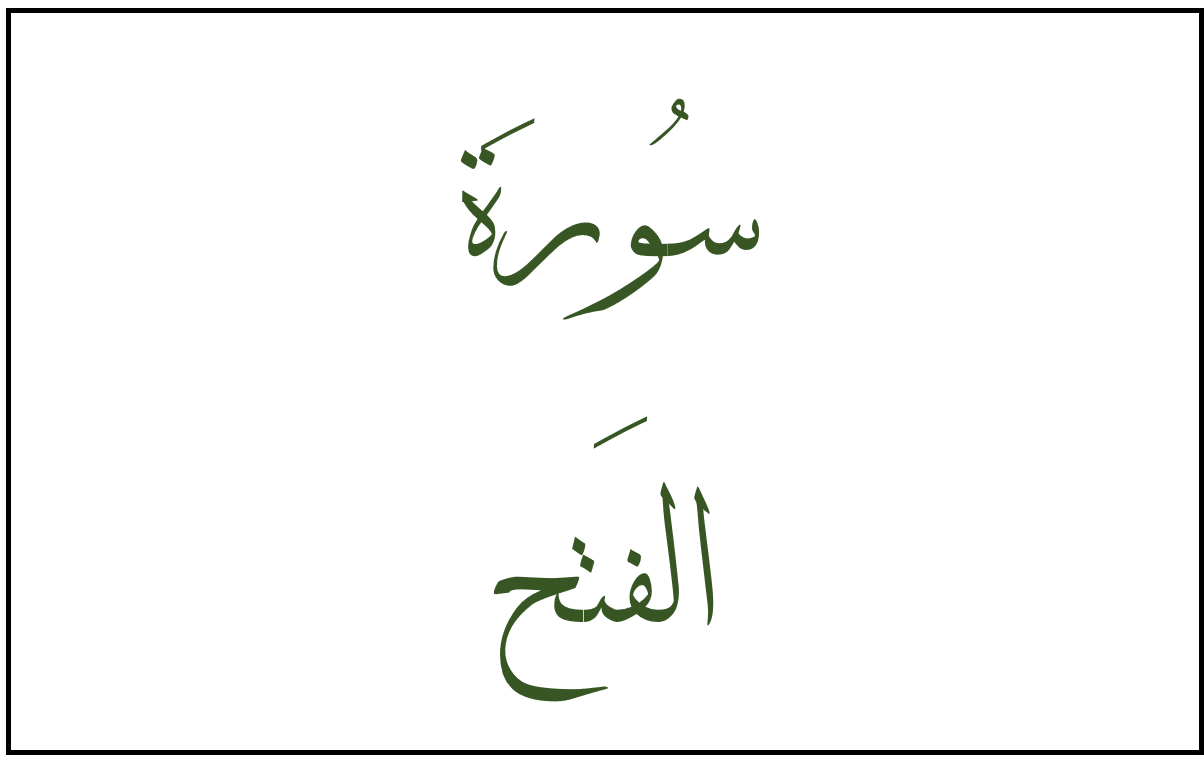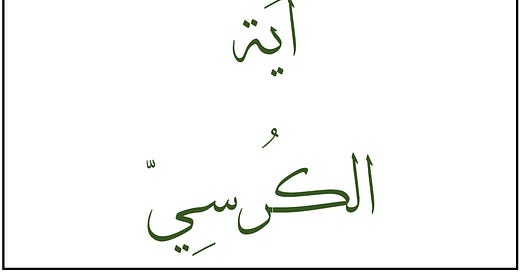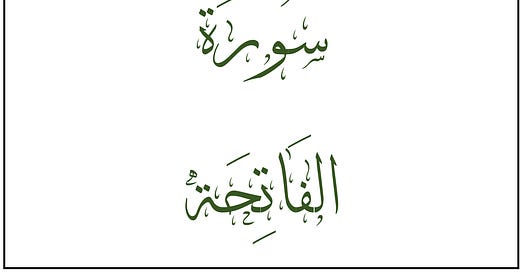

Discover more from Heavenly Order
Sūrah al-Fatḥ (The Triumph) is best known for being revealed during the Messenger and his companions’ return from Mecca during the their failed attempt at making ‘umrah (the minor pilgrimage). Though they didn’t succeed at visiting the Ka'bah, the Muslims were able to negotiate a truce with the disbelievers, better known as the Treaty of Ḥudaybiyyah.
This sūrah was revealed all at once to inform the Muslims of how great a victory they had just secured through their treaty - a treaty which would pave the way for an unprecedented spreading of the religion around Arabia.
When observed on a macro-level, the sūrah appears to be in a ring structure as shown below (the corresponding āyah numbers have been given in parenthesis). The original Arabic has been omitted for brevity, so please consult the original sūrah (at least in translation) before moving forward. It’s also highly recommended to understand the circumstances under which the sūrah was revealed to best understand the references made in the Connections section below:
Connections
Section A/A’
The sūrah begins ([A]) with Allah ﷻ informing the dejected Muslim group that they had indeed been granted a clear triumph, without spelling out the details of said victory. In addition to this victory, the Muslims were also promised forgiveness.
The sūrah then ends ([A’]) on the same note with Allah ﷻ explaining what He meant by “victory” and praises the Messenger ﷺ and companions for their resolve. Because of their belief and good actions Allah ﷻ again promises them forgiveness.
Section B/B’
[B] begins with mention of Allah ﷻ sending his tranquility “fī (into)” the hearts of the believers. The corresponding section, [B’], speaks of Allah’s tranquility being sent “ʿalā (upon)” the believers.
In addition to the shared topics, both sections appropriately summarize the state of the Muslims at the time with their different usages of prepositions (fī (into) vs ʿalā (upon)). In [B], when the Muslims were angry from being rejected so close to the Ka'bah, they needed tranquility to be sent “into” their hearts to subdue the boiling rage in their chests. In [B’], when the Muslims faced the possibility of fighting the Meccans unprepared, the fear that was creeping in was assuaged by the tranquility coming “upon” them - which might be better understood if one considers that fear is a more temporary emotion than anger and is typically described with external illustrations such as “skin crawling”, “goosebumps”, “sweaty palms” and “chattering teeth”.
Section C/C’
Allah ﷻ states emphatically that He alone owns the armies and forces of the heavens and the earth in [C]. This is further reinforced in [C’] wherein Allah ﷻ tells the Muslims that if the disbelievers had even thought of fighting that they would have been soundly defeated through Allah’s help, just as Allah ﷻ had aided the believers many times over in the past.
Section D/D’
Both sections praise the believers for pledging themselves to the cause of Islam and promises them reward for their endeavoring in both this life - in the form of conquests and spoils of war - and the next life.
Section E/E’
[E] and [E’] speak of those people who could not and did not travel with the Muslim expeditions; the former group being blameworthy and the latter excused.
Section F’
The entire ring centers on Allah’s dominion over everything and His power to forgive whom He wills. The central theme of forgiveness beautifully matches how the sūrah began and ended.
Next week we’ll conclude our study of this sūrah by observing how it is organized on a micro-level.
واللّهُ أَعلَمُ - And Allah knows best
Sources
Ali Khan, Nouman. “08. Al-Fath - A Deeper Look” Bayyinah TV, https://bayyinahtv.com/topics/1/categories/9/series/161/videos/1614











